1. Ashtrays Galore

If you were moving into a new home in the ’50s, chances are someone handed you an ashtray before you even unpacked. These weren’t just plain glass ones, either—think ceramic poodles, atomic starbursts, or even a mini toilet bowl design. Smoking was practically a national pastime, and having ashtrays in every room was considered downright hospitable. People thought they were giving something useful and stylish says the Washington Post.
But if you didn’t smoke? Well, now you had an oddly shaped trinket collecting dust on the coffee table. A lot of folks just tucked them in a drawer or re-gifted them when the next housewarming came around. They may have looked fun, but most non-smokers quietly hoped for literally anything else shares eBay.
2. Salad Sets You’d Never Use

Wooden salad bowls with matching fork-and-spoon sets were a go-to gift back then. They often came in that deep walnut finish and were sometimes paired with carved tiki or pineapple details. It was the kind of thing people imagined you’d break out for fancy dinners, which—let’s be honest—didn’t happen all that often. Every couple ended up with at least three sets says Etsy.
They were clunky, hard to clean, and never seemed quite sanitary. And unless you were really into Caesar salads, they mostly lived at the back of the cabinet. It’s one of those gifts that looked sophisticated but wasn’t exactly practical. Still, everyone kept giving them like it was a law says Taste of Home.
3. A Ceramic Rooster
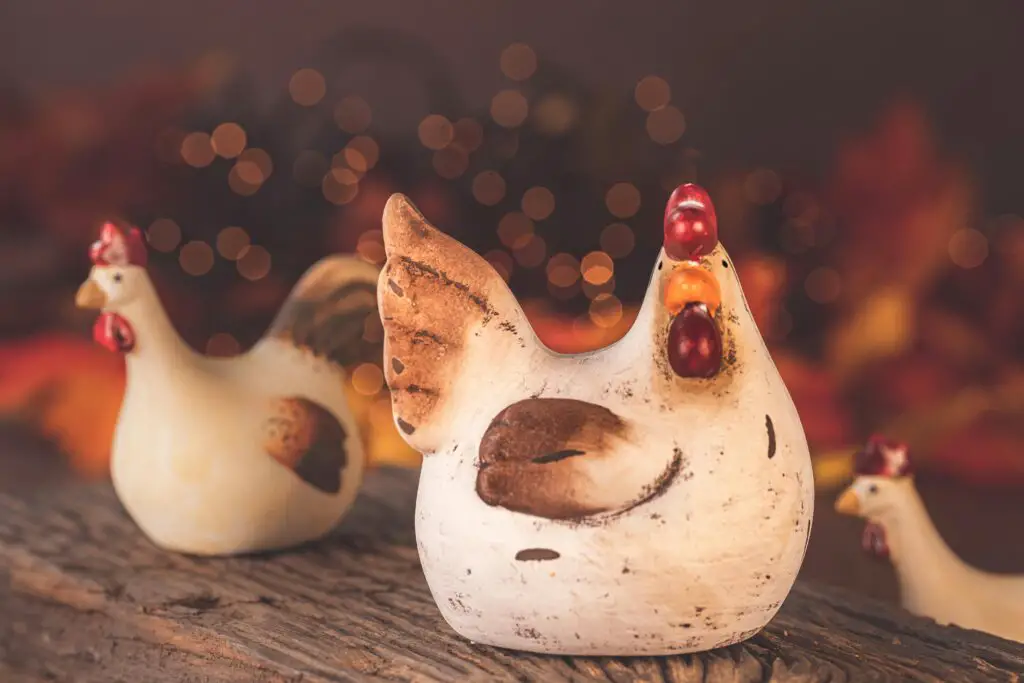
Roosters were a weirdly popular kitchen theme in the ’50s. Ceramic roosters, rooster salt-and-pepper shakers, rooster wall clocks—you name it. But the big one was the decorative ceramic rooster, usually standing proud and loud on top of the fridge or in a corner nook. People swore it brought good luck to the kitchen.
But let’s face it, not everyone wanted a giant barnyard bird watching them make coffee. It clashed with just about everything unless you were already on board the country kitchen trend. Most people politely displayed it for a while, then “accidentally” broke it during spring cleaning. Still, it came in every color under the sun and was handed out like candy.
4. Towel Sets You Couldn’t Touch
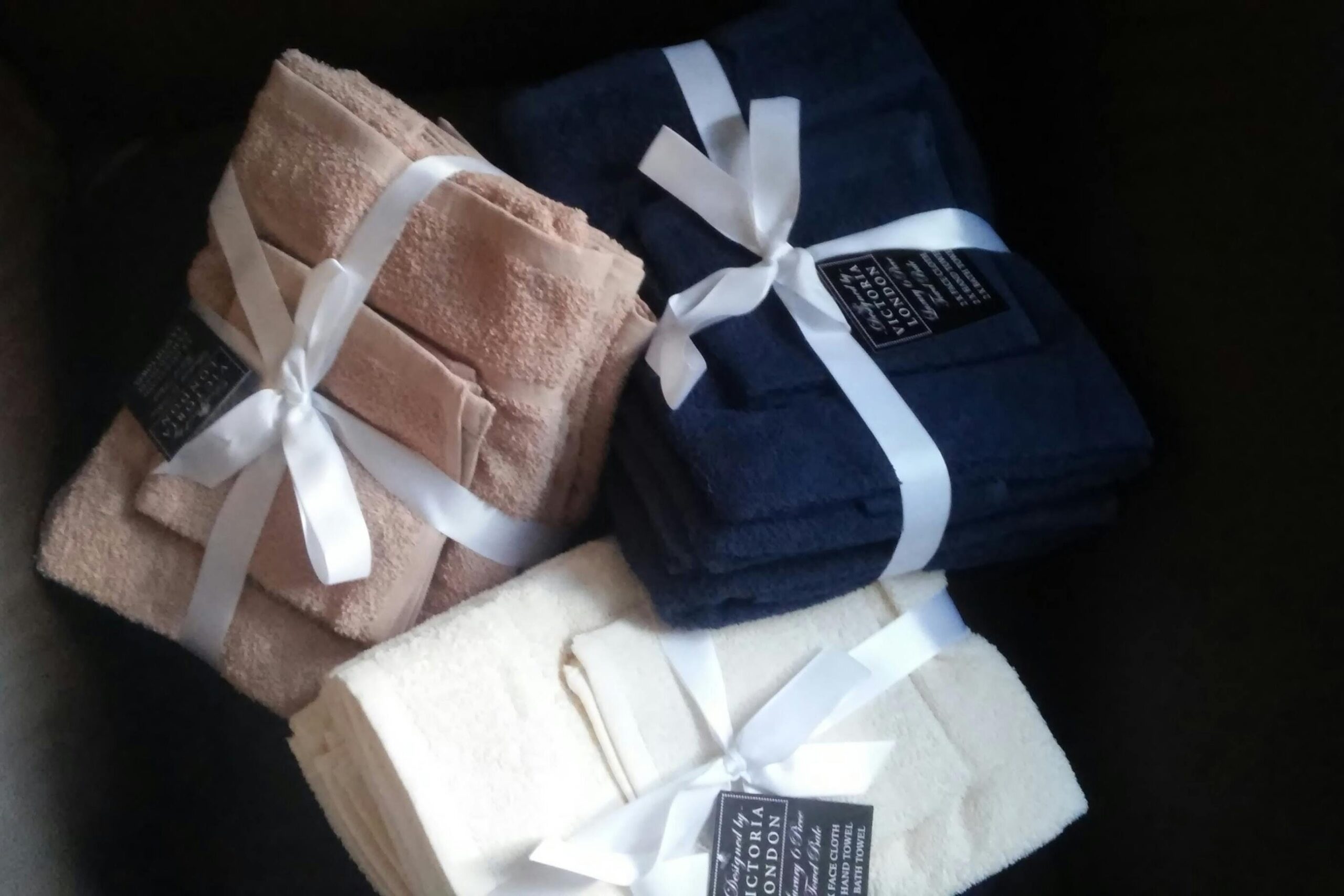
Matching towel sets—complete with fringe and embroidery—were a major thing. They were typically wrapped in clear plastic with a big satin bow, like a prize you weren’t supposed to open. The idea was that you’d display them in the bathroom to impress guests. But heaven help you if you actually used them.
People called them “for show” towels, and they usually ended up stiff as a board from never being washed. Hosts would panic if someone dried their hands on them. They looked nice, but a lot of folks would have preferred some plain, absorbent ones they could actually use. Still, it was the thought that counted, even if it came with strict rules.
5. Fondue Sets (Because It Was Fancy)
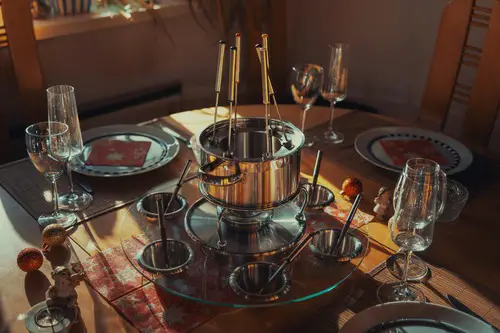
Nothing said “modern entertainer” like a fondue set. It usually came in gleaming chrome or bold colors, complete with long forks for communal dipping. The concept was exotic at the time, and people were obsessed with the idea of dipping things in cheese. Guests would smile and nod when they opened it—whether or not they had any idea how to use it.
But not every household had the patience (or the burners) to make fondue happen. The pots were tricky to clean, and the whole process could turn into a drippy mess. A lot of fondue sets got used once, then quietly exiled to the back of a kitchen cabinet. Still, they looked impressive on a gift table, which is probably why they kept coming.
6. Cut Glass Candy Dishes
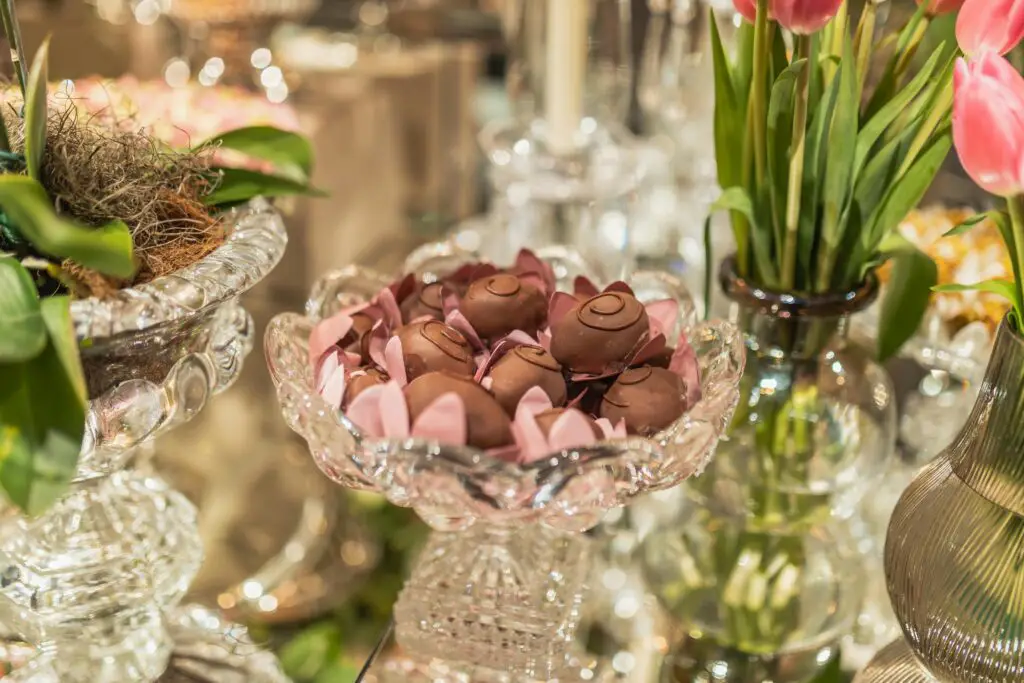
If there was one universal housewarming item, it was a little glass dish for candy. Sometimes crystal, sometimes just pressed glass, but always shaped like a leaf or a starburst. People loved placing them on coffee tables, filled with butterscotch or those weird ribbon candies. It was seen as a sign you were a welcoming host.
The problem? Most people didn’t actually want open candy sitting out 24/7, especially if they had kids or pets. Plus, those dishes chipped if you so much as looked at them the wrong way. Still, nearly every new homeowner ended up with at least two. And somehow, they all came with the same strawberry hard candies inside.
7. Needlepoint Wall Art
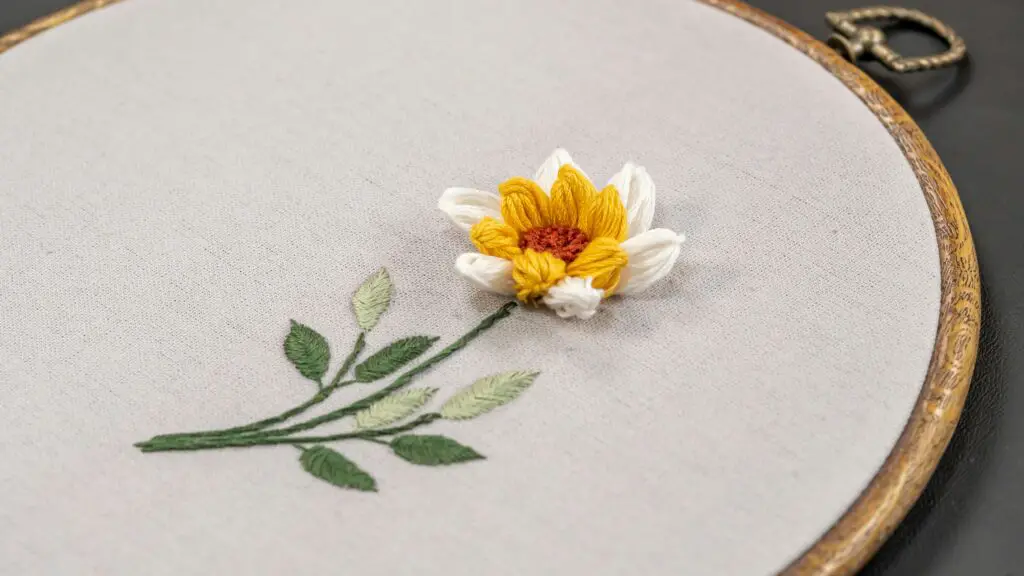
Nothing said “welcome home” like a framed needlepoint of a kitten in a teacup or a sampler that read “Bless This Mess.” These were handmade gifts, which meant they came with a dose of guilt—you couldn’t just toss them. Aunt Betty probably spent hours stitching that crooked flower. You had to hang it up, at least for a little while.
But not everyone was into country cottage vibes. If your taste leaned more modern, needlepoint could feel a little out of place. Still, it was a popular choice, especially for people who wanted to give something homemade. Even if the recipient had no wall space left, they’d smile and say, “It’s beautiful!” with forced enthusiasm.
8. TV Trays for Every Lap
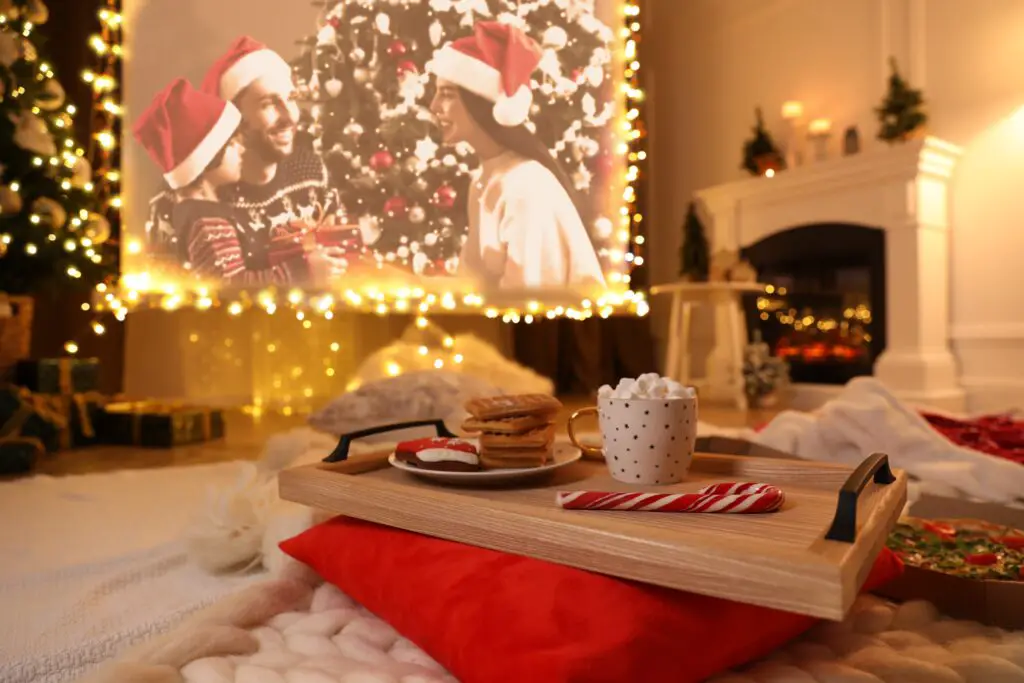
TV trays were the ultimate practical gift—metal trays with folding legs, often decorated with floral patterns or faux wood grain. They were meant for eating in front of the television, which was quickly becoming a national ritual. These things folded up neatly and could be stacked in a corner when not in use. That part was nice.
The catch? They weren’t always the sturdiest, and one wrong move could send your Salisbury steak into your lap. Most people already had a set, but that didn’t stop more from showing up at housewarmings. They got used, sure—but not necessarily loved. They were kind of like the socks of house gifts: practical, but not exciting.
9. Wall Clocks That Ticked Loudly
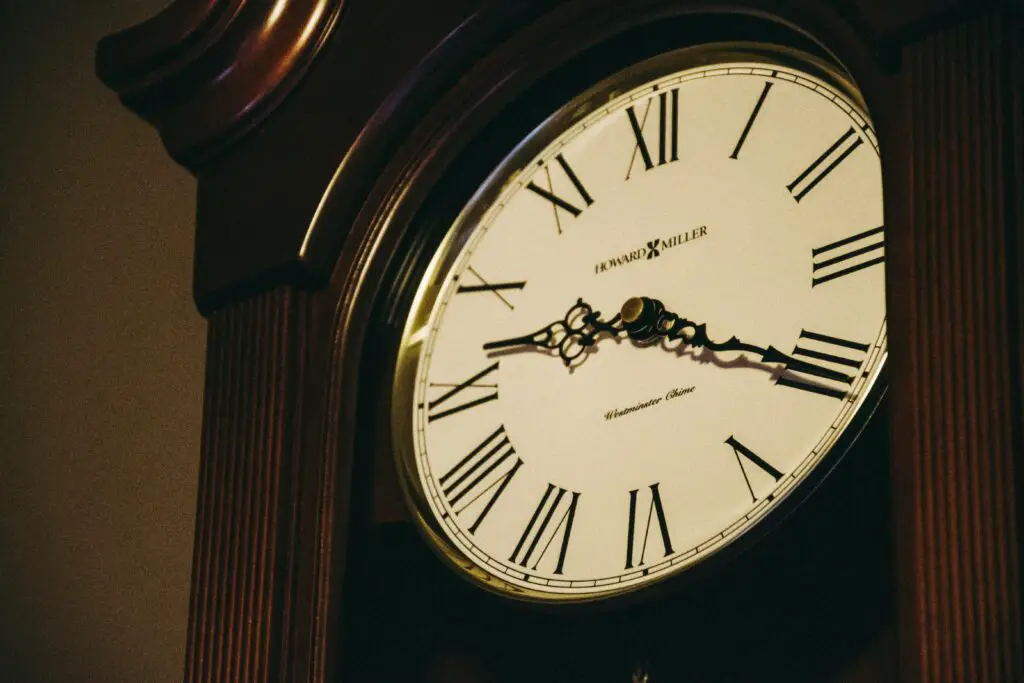
Everyone needed a wall clock, right? That’s what folks thought when they gave those big ticking clocks in wood, brass, or even pastel plastic. Some had Roman numerals, some chimed on the hour, and some ticked so loudly you couldn’t sleep. The idea was to give something timeless (pun fully intended).
Unfortunately, a lot of these clocks weren’t exactly attractive. And if they didn’t match your decor, you were stuck with a clunky piece that bossed you around with its constant ticking. Some ended up in basements or garages where no one could hear them. But clock-giving was almost a tradition—and if it came from a relative, you displayed it, ticking and all.
10. Decorative Thermometers
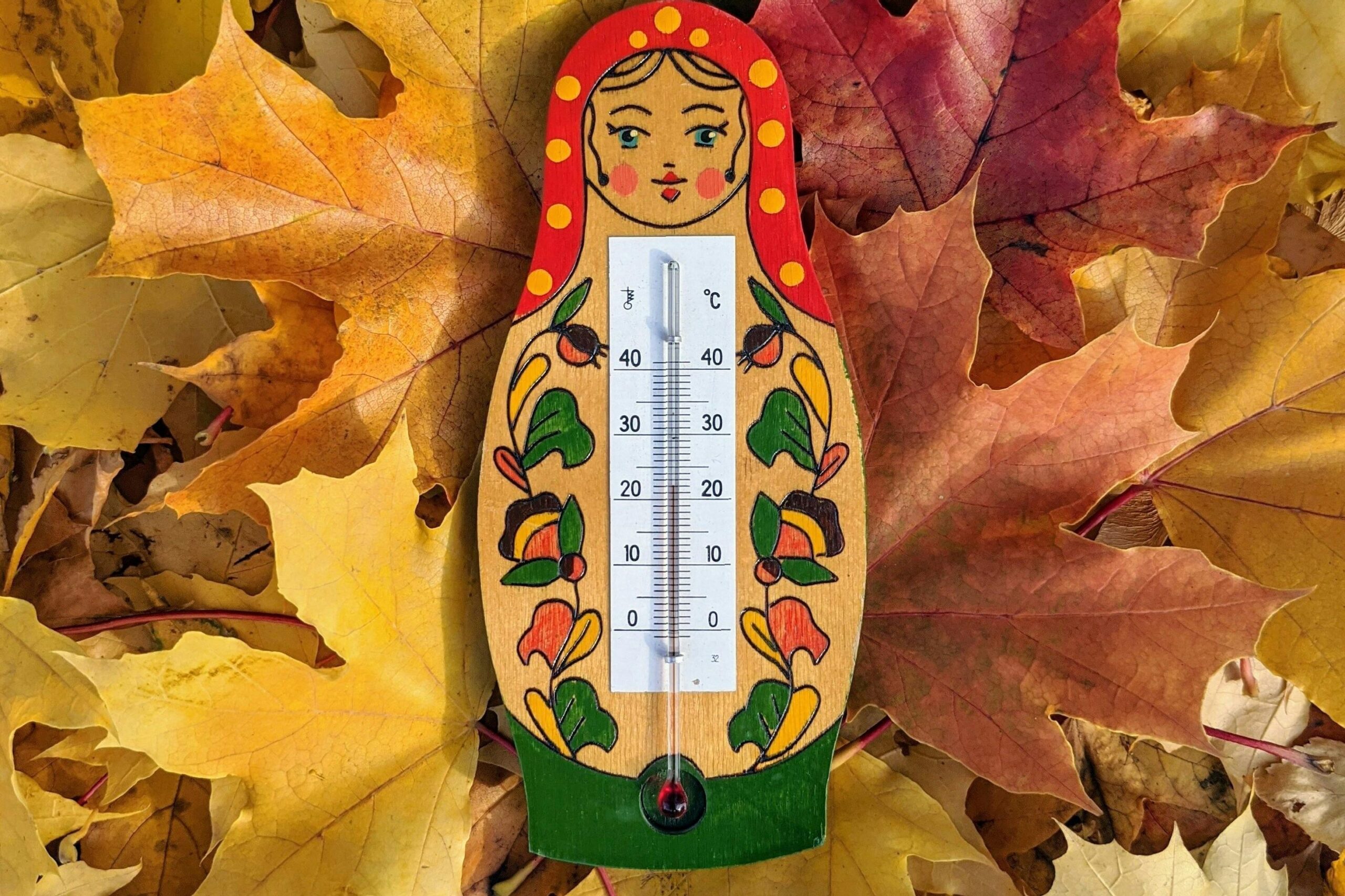
Thermometers mounted on a slice of wood or inside a scenic frame were oddly common. Some had deer, others had barns or windmills painted behind the little mercury tube. The idea was that you’d hang it by the back door or on the porch and always know the temperature. But did anyone really use them? Not really.
They looked nice enough, but you kind of had to squint to read them. Plus, they weren’t always accurate. Still, they were small, easy to gift, and fit nicely into a bag with a ribbon. People meant well—they just didn’t know what else to get.
11. Doilies for Every Surface
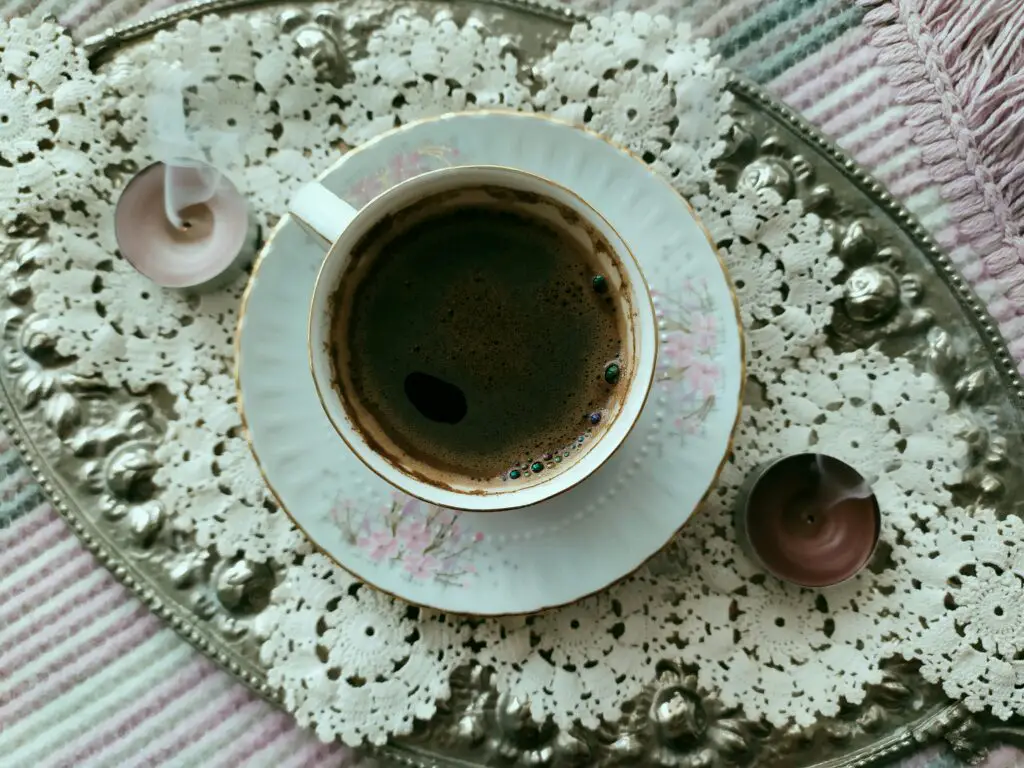
In the ’50s, furniture wasn’t dressed until it had at least one lace doily on it. They went under lamps, on the backs of chairs, and in the center of dining tables. Giving someone a stack of doilies was like giving them house cred. Some were handmade, others store-bought, but all were supposed to make your place look refined.
Trouble was, they didn’t really do much besides collect dust. And if you had kids, good luck keeping them from turning those doilies into superhero capes. Still, they came with the best intentions, and a lot of people had a stash tucked in the linen drawer. You’d just rotate them out like seasonal décor, whether you liked them or not.
12. Salt-and-Pepper Shaker Collections
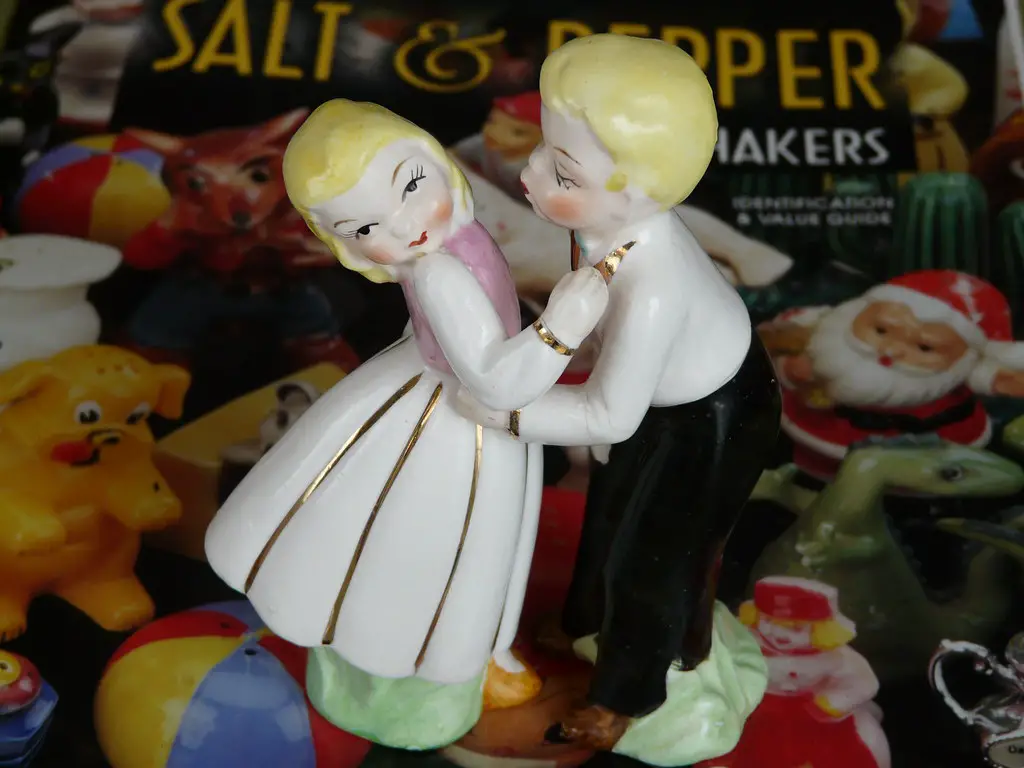
Back then, shakers weren’t just kitchen tools—they were collectibles. Housewarming guests loved giving quirky sets shaped like everything from cats to telephones. They were conversation starters, even if no one actually used them to season anything. Most folks already had a perfectly good pair, but these were for display.
Before you knew it, you’d have a whole shelf full of little ceramic figurines pretending to be practical. And they weren’t small, either—some were practically sculptures. It was a harmless, fun gift, even if it felt a bit excessive after the fifth or sixth pair. Still, people couldn’t resist a good salt-and-pepper pun.
13. Scented Candles in Every Scent But Good Ones

Candle-making wasn’t quite the science it is today, and some of those scents were… interesting. Lavender was okay, but then you’d get ones like “Sea Breeze” that smelled like dish soap or “Spice” that nearly knocked you over. Still, they were beautifully packaged and looked fancy sitting on a side table. Everyone assumed you could never have too many.
But most people didn’t want their living room to smell like a perfume counter. A lot of these candles ended up in the closet “for emergencies.” Still, they were affordable, giftable, and felt personal enough to hand over with a smile. If you were lucky, you got one that actually smelled like something from nature.
14. Coaster Sets (Even If You Didn’t Have a Coffee Table)
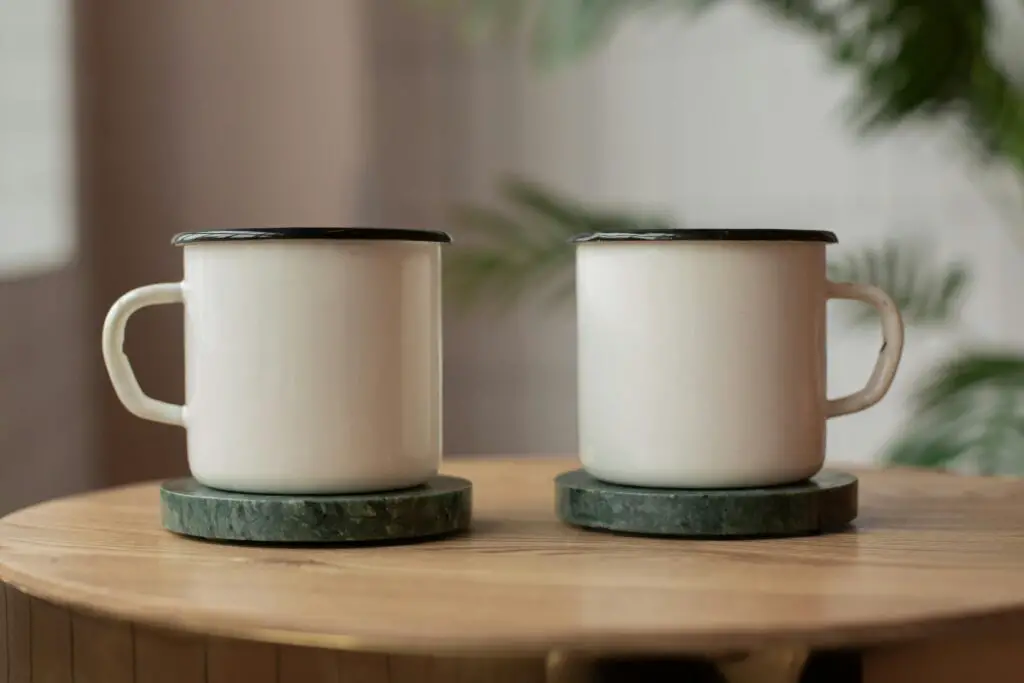
Coasters were a low-risk, low-cost go-to gift. They came in cork, ceramic, leather, or laminated plastic, often with kitschy slogans or travel images. Everyone needed to protect their furniture, right? At least, that was the idea.
Problem was, people often gave them without knowing if the recipient even owned a table that needed protecting. You could end up with five sets and nowhere to put them. They lived in drawers, came out for company, then disappeared again. But they were easy to wrap and didn’t scream “I forgot to plan ahead,” so they stayed in rotation.
15. Bookends for Books You Didn’t Own Yet
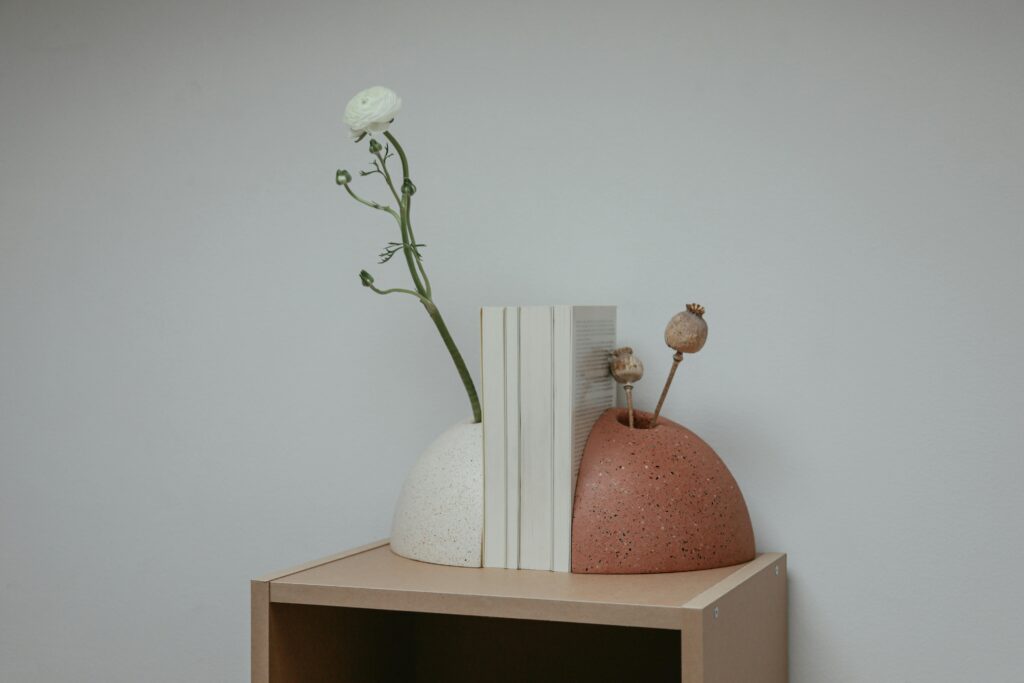
Stylish bookends—often shaped like horses, ships, or abstract metal designs—were meant to help you build your dream home library. They were heavy, useful, and made you look smart. Only problem? Not everyone had enough books to need them.
Some people had to buy a couple paperbacks just so the gift wouldn’t look out of place. Others used them as doorstops or paperweights. They were more decorative than practical in most cases. Still, if someone gave you a set, you smiled and acted like you’d been meaning to organize your reading corner all along.
